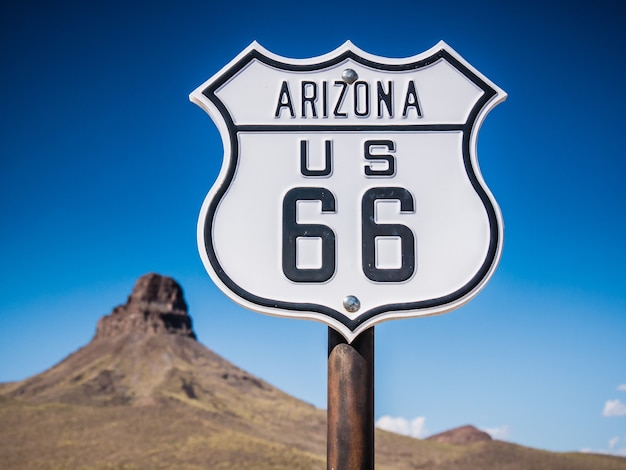Demystifying Bank Routing Numbers: Their Purpose and Where to Locate Them

In today’s era of electronic banking, you often need your bank’s ABA routing number, account number, or check numbers for tasks like filling out direct deposit forms or setting up money transfers. These numbers help distinguish one bank from another. Large banks might have different routing numbers for each state where they have branches, and some even have unique routing numbers for specific transaction types.
### Understanding Bank Routing Numbers
The American Bankers Association (ABA) routing number is a nine-digit code used to identify U.S. federal- or state-chartered banks. This system started in the U.S. in 1910. Here are the main points:
– Routing numbers identify the banks involved in financial transactions. They are crucial because they ensure that money is transferred correctly between the right banks.
– Account numbers are needed to complete transactions to ensure money comes from the correct accounts.
– Unlike more sensitive banking information, a routing number can be used for payment systems and doesn’t need to be kept private for security reasons. You can easily find it through your bank’s website, mobile app, or customer service.
– Some banks have specific routing numbers for different transaction types, such as wire transfers and ACH transactions.
– Lookup tools often allow users to search by state and transaction type or display routing numbers for each type. If unsure which routing number to use, check with your bank.
Banks and credit unions in the U.S. use these numbers for transactions such as ACH transactions (like direct deposit and online bill pay), wire transfers, setting up recurring automatic payments, transferring money between banks, processing checks, and ordering checks online.
### Finding Your Bank’s Routing Number
For those without paper checks or deposit slips, here are other ways to find your bank’s routing number:
– Search your bank’s website or contact the bank directly.
– Check a bank statement.
– Log in to your online banking platform or mobile banking app.
– Use the ABA’s Routing Number Lookup tool.
– Perform a Google search using the bank’s name and the term “routing number.” Verify that the information comes from a reliable source.
### Big Bank Routing Numbers by State
Here are routing numbers for major banks, specifically for electronic payments and paper transactions. Note that wire transfers may require different routing numbers.
#### Bank of America
– **Alabama**: 051000017
– **California**: 121000358
– (and so on for other states…)
#### Chase
– **Alabama**: 065400137
– **California**: 322271627
– (and so on for other states…)
#### Wells Fargo
– **Alabama**: 062000080
– **California**: 121042882
– (and so on for other states…)
### Wells Fargo Routing Numbers for U.S. Territories
– **American Samoa**: 121042882
– **Puerto Rico**: 121042882
– (and so on for other territories…)
### Online Bank and Credit Union Routing Numbers
For those banking with credit unions or online banks, here are a few examples of popular routing numbers:
– **Ally Bank**: 124003116
– **Charles Schwab Bank**: 121202211
– (and others…)
### Difference Between a Routing Number, Account Number, and Check Number
A bank routing number, account number, and check number each have specific roles in banking transactions, directing money to the correct place.
– **Routing number**: The first nine-digit number on a check, identifying the bank.
– **Account number**: The sequence of numbers following the routing number, identifying your specific account.
– **Check number**: The final string of numbers, used to track which checks have been processed by the bank.
### Numbers on Your Checks
When you look at a check, you’ll see a series of numbers printed along the bottom edge. Here’s what they mean:
– **Routing number**: Identifies the bank.
– **Account number**: Identifies your specific account.
– **Check number**: Helps track the check’s processing.
By understanding these numbers, you can navigate your banking needs more effectively.